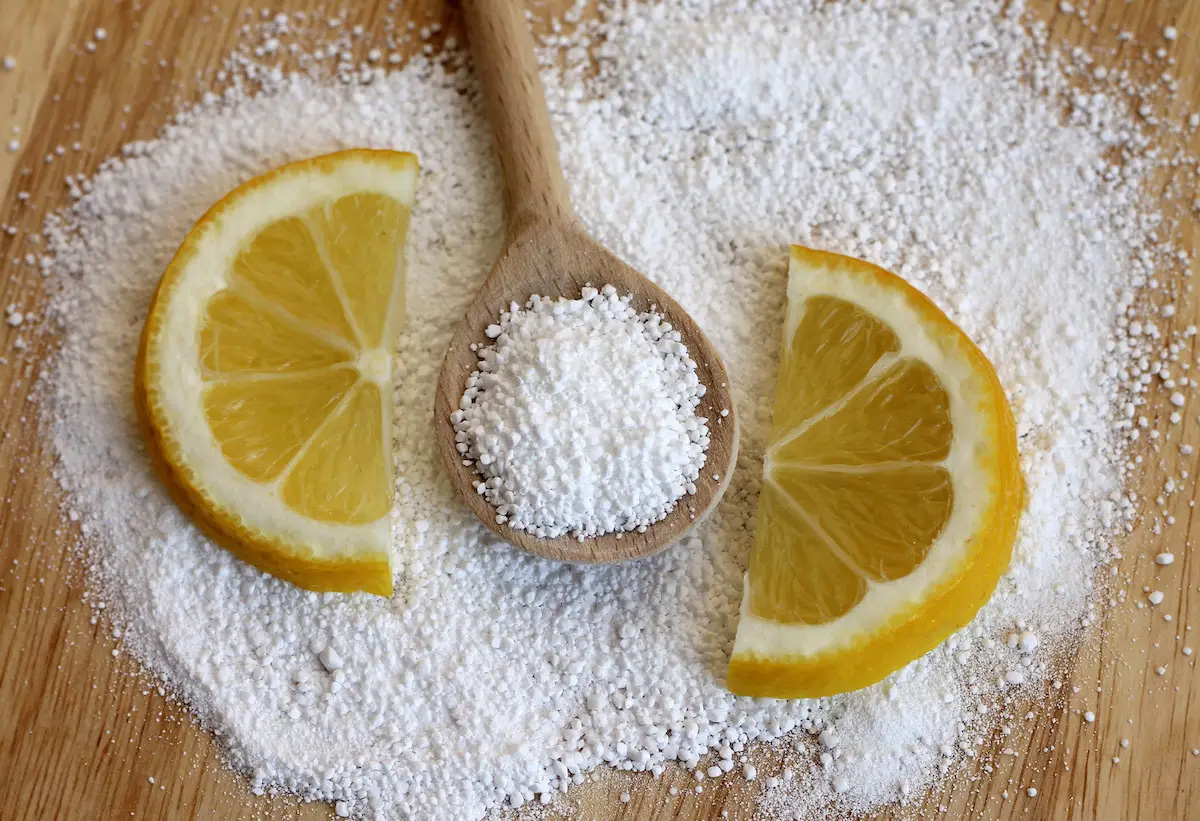What’s the taste of oranges? What about the flavor of tomatoes? You must have tasted lemon ones in your lifetime. How’s it taste? Aren’t they sour? Did you know that these fruits are commonly classified under the class of citrus fruits? Citrus compounds work as natural preservers and improve the taste of your drinks or food items. They are antioxidants and rich in vitamin C. They are very advantageous for the body.
Citric acid is one of the chemical compounds that is found in citrus fruits. The sour taste of citrus fruits like lemons and oranges is because of the presence of citric acid by 8% of its entire dry weight. As citric acid has many advantages, it is used in many beverages, medicines, disinfectants, and skincare products. In this segment, you will learn more about what citric acid is and the usages of citric acid in food.
What is Citric Acid?
Citric acid appears as colorless, odorless crystals with an acid taste and is denser than water. Citric acid is a tricarboxylic acid that is propane-1,2,3-tricarboxylic acid bearing a hydroxy substituent at position 2. It is an important metabolite in the pathway of all aerobic organisms. It has a role as a food acidity regulator, a chelator, an antimicrobial agent and a fundamental metabolite. It is a conjugate acid of a citrate(1-) and a citrate anion.
How is Citric Acid produced?
The microbial production of citric acid on a commercial scale is done by certain strains of Aspergillus Niger to produce citric acid on the surface of a sucrose and salt solution. In the deep tank submerged process, Aspergillus Niger mold spores are grown under controlled aseptic conditions on a test-tube slant and transferred to a seed tank or inoculum which is added to a fermenter along with pasteurized syrup. The pH is adjusted and nutrients added. Sterile air is spared into the fermenter while the sugar is converted to citric acid. The citric acid is usually purified using either a lime-sulphuric acid method or a liquid extraction process.
Citric Acid Structure
Citric acid is also referred to as tribasic acid and exists in two forms, i.e., anhydrous citric acid and monohydrate citric acid. But the chemical term and citric acid structure remain the same in both forms.
The chemical formula of citric acid is C₆H₈O₇. It can be defined as a tricarboxylic acid. Its IUPAC name is 2-hydroxypropane-1,2,3-tricarboxylic acid. Citric acid is also known as tribasic acid.
Citric Acid in Food industry
Citric acid is considered an acidulant. Acidulants are chemical flavors used to impart a more acidic taste to foods and beverages. As an acidulant, citric acid is different from acidity regulators, or pH control agents. Although citric acid is frequently used to add a tart, sour, or acidic flavor to foods and drinks, its use is not envisioned to modify the stability of food or enzymes within it.
Citric Acid in Skincare
In skincare, Citric Acid mainly acts as an exfoliant and an antioxidant. It is an AHA (Alpha Hydroxy Acid) and can be used in exfoliating preparations to help remove dead skin cells and dirt to expose fresh, softer, smoother skin. AHAs are generally used in cosmetic chemical peels and acne therapies for this reason.
Conclusion
We hope this post has answered all your questions about citric acid! Thank you for taking the time to read it. And if you’re interested in buying Citric acid, check out our website at Vinipul or contact us through call or email.

